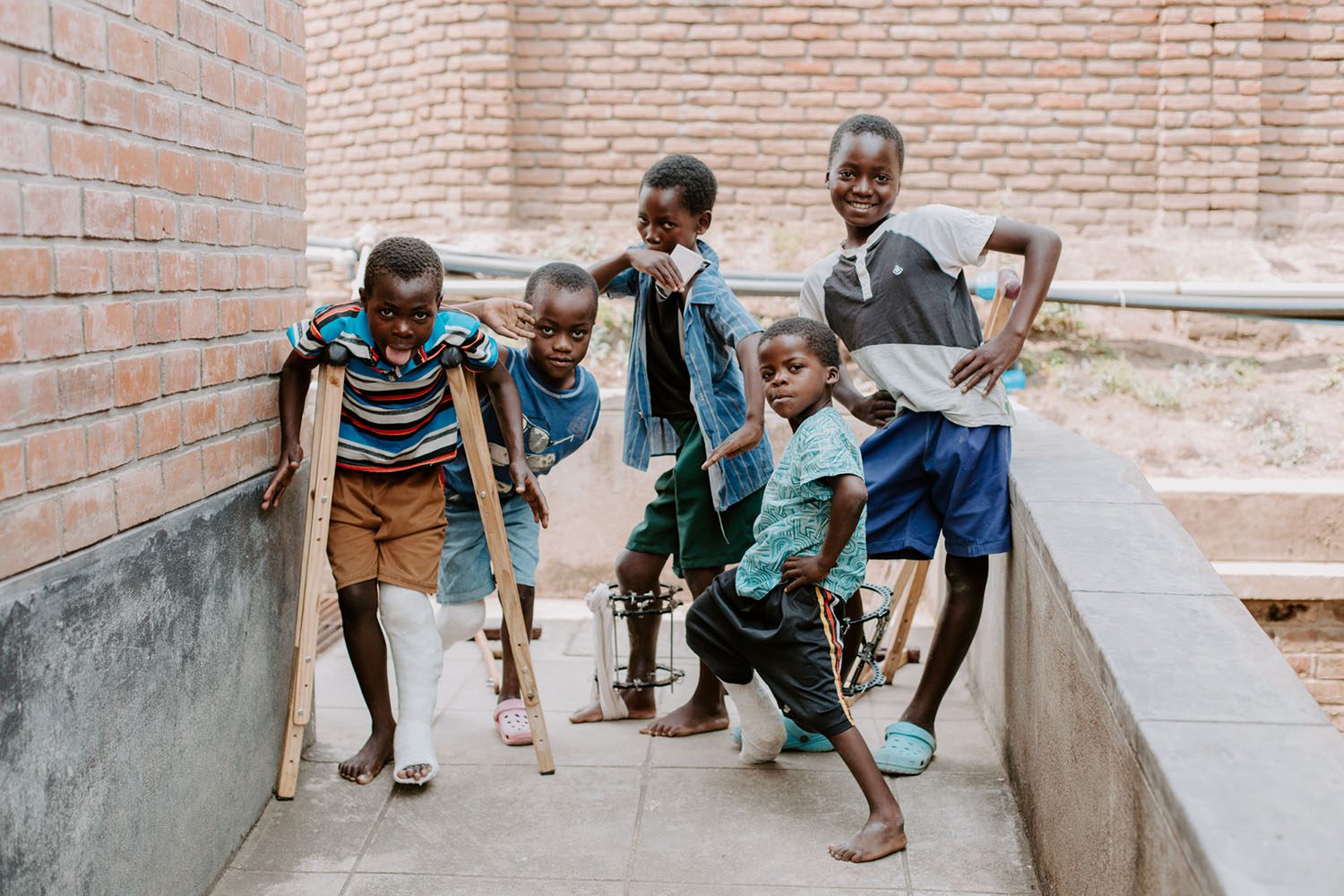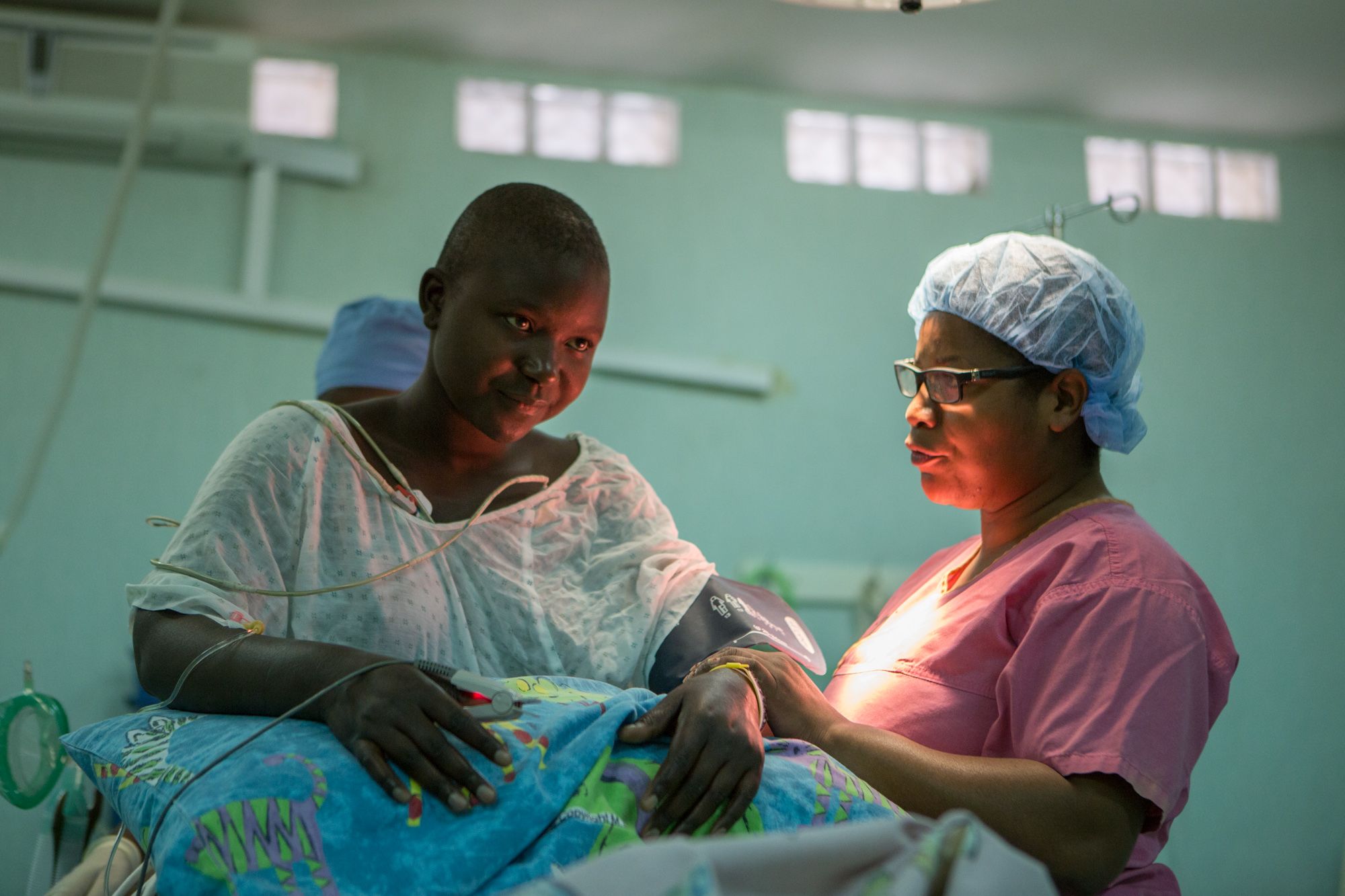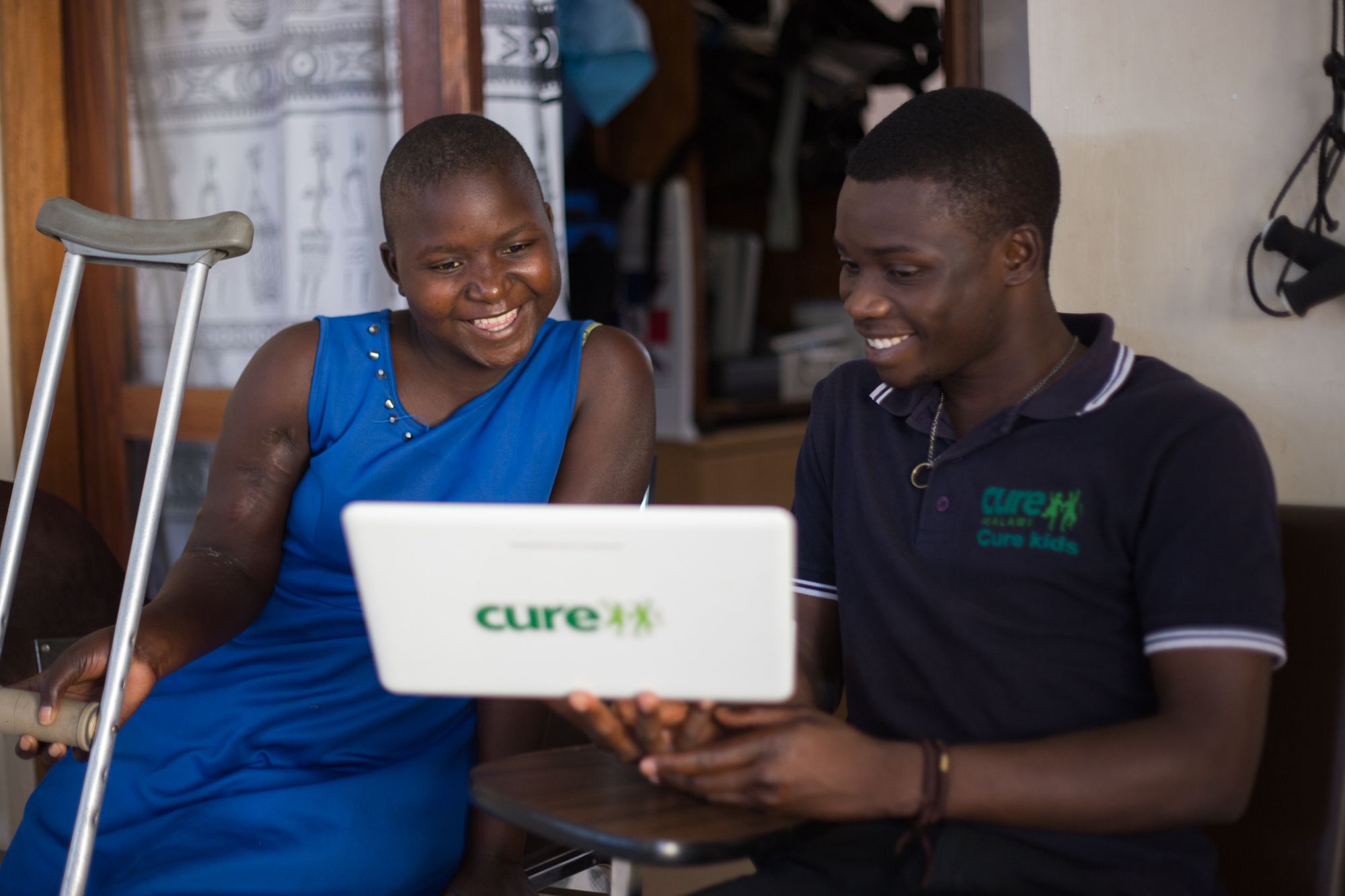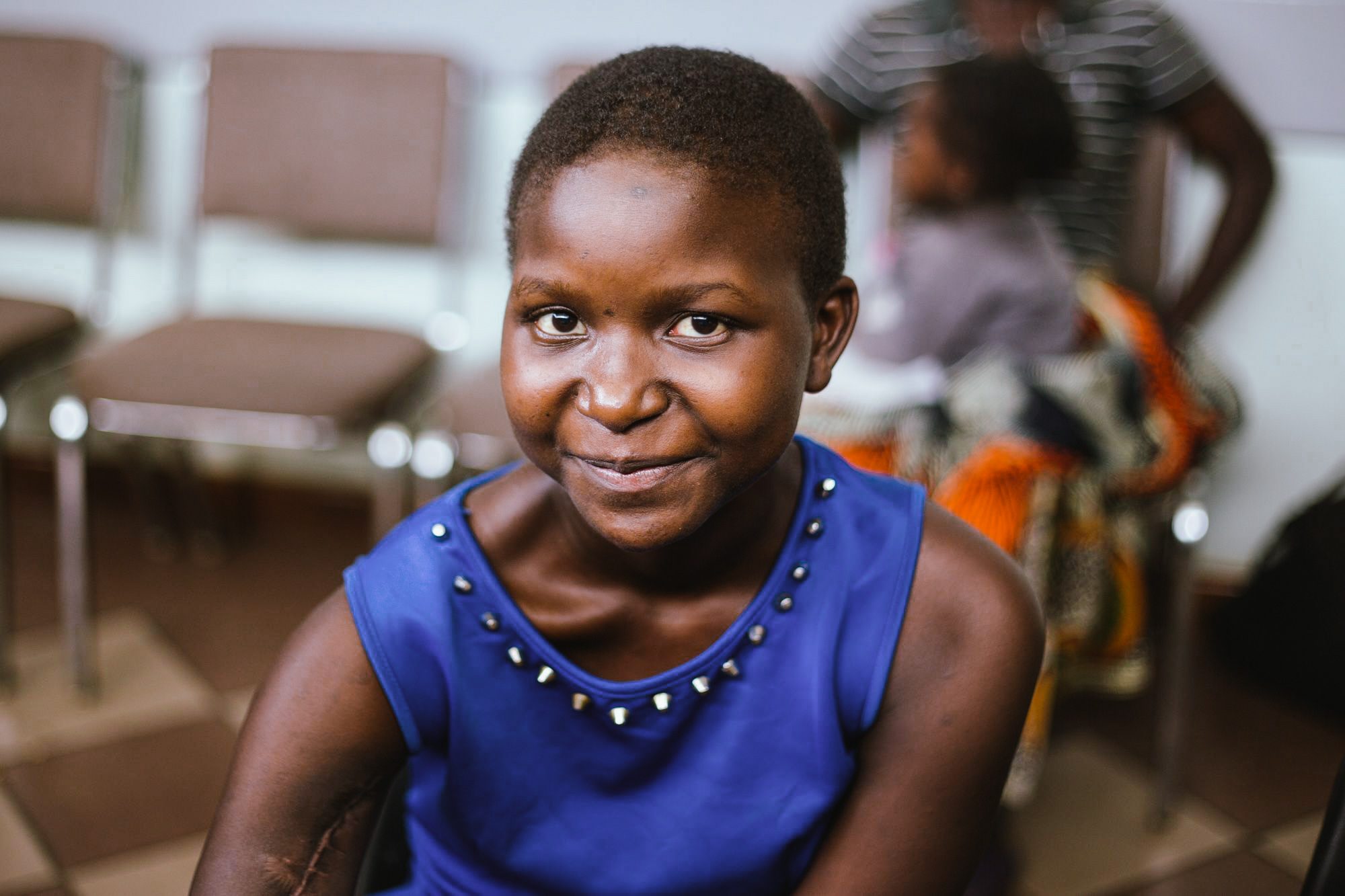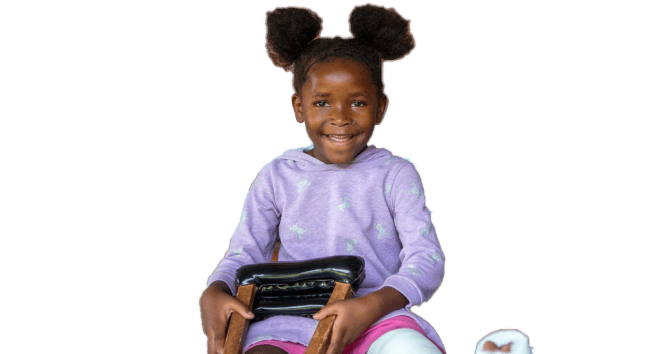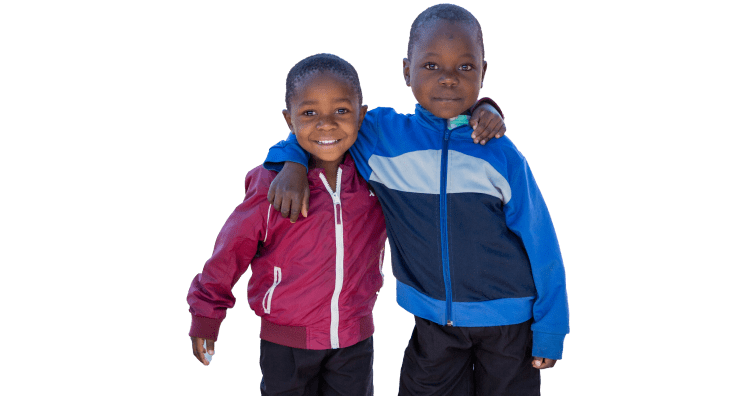What issues do children with hip dysplasia face?
PAIN
If left untreated, hip dysplasia will often become progressively painful. When the hip(s) are dislocated, the child will limp.
DISCRIMINATION
Children with visible disabilities can be vulnerable to bullying and exclusion.
LIMITED MOBILITY
As children grow, the affected leg will be shorter. In early adulthood, walking will become more painful.
How does surgery change a
child’s life?
- Surgery will put the hip back into the joint. In the countries where CURE serves, children are not usually diagnosed before two to three years of age. At this stage, major surgery is often needed to stabilize the hip joint and help it form properly.
- After surgery, the child is placed in a body cast (hip spica) for six weeks. Once removed, the child learns to walk and run again. Recovery typically takes three to six months, and we monitor children to confirm the hip joint is developing well.
